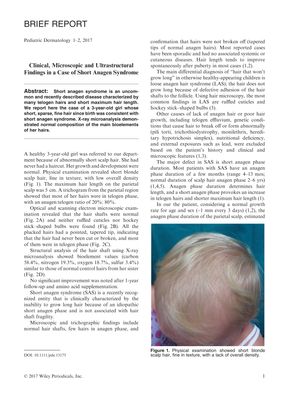TLDR The study found that Short Anagen Syndrome results in short hair growth not due to hair fragility, and hair may grow longer after puberty.
In a 2017 case report, researchers described the clinical, microscopic, and ultrastructural findings of a 3-year-old girl diagnosed with Short Anagen Syndrome (SAS), a condition characterized by a short anagen phase leading to an inability to grow long hair. The patient had never had a haircut, and her hair was short, sparse, and fine, with a maximum length of 5 cm. A trichogram showed an anagen:telogen ratio of 20%:80%, indicating most hairs were in the telogen phase. Microscopic examination confirmed normal hair shafts without signs of breakage or abnormality, and X-ray microanalysis showed normal bioelement composition. Despite a year of follow-up and amino acid supplementation, no significant improvement was observed. The study highlighted that SAS is not associated with hair shaft fragility and that hair length often improves after puberty. The condition is differentiated from Loose Anagen Hair Syndrome (LAS) by the absence of ruffled cuticles and hockey stick-shaped bulbs, which are common in LAS. The patient's anagen phase duration was estimated to be approximately 5.5 months, much shorter than the normal 2-6 years, explaining the short hair length.
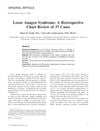 13 citations
,
July 2016 in “Pediatric Dermatology”
13 citations
,
July 2016 in “Pediatric Dermatology” Loose Anagen Syndrome is more common in females and may be inherited, often confused with other hair disorders, and lacks evidence for biotin treatment effectiveness.
28 citations
,
June 2010 in “Pediatric dermatology” Short anagen syndrome causes short hair that may grow longer after puberty.
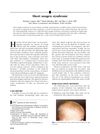 37 citations
,
July 2005 in “Journal of The American Academy of Dermatology”
37 citations
,
July 2005 in “Journal of The American Academy of Dermatology” Short anagen syndrome involves a hair growth phase lasting 1.5 years.
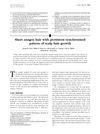 16 citations
,
October 2003 in “Journal of The American Academy of Dermatology”
16 citations
,
October 2003 in “Journal of The American Academy of Dermatology” A boy had unusual synchronized hair growth with short active growth phases, not fitting known hair disorders.
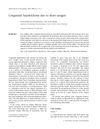 42 citations
,
September 2000 in “British Journal of Dermatology”
42 citations
,
September 2000 in “British Journal of Dermatology” Some children are born with unusually short, fine hair because their hair growth phase is short, but this often gets better by itself during puberty.
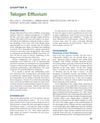 July 2018 in “Elsevier eBooks”
July 2018 in “Elsevier eBooks” Telogen Effluvium is a common, usually reversible hair loss condition, often improved by removing the trigger and possibly treated with various products, though their effectiveness is uncertain.
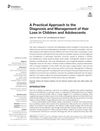 40 citations
,
July 2017 in “Frontiers in Medicine”
40 citations
,
July 2017 in “Frontiers in Medicine” Early and personalized treatment for hair loss in young people is crucial to prevent permanent damage and should include psychological support.
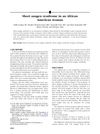 10 citations
,
May 2010 in “Journal of The American Academy of Dermatology”
10 citations
,
May 2010 in “Journal of The American Academy of Dermatology” A 38-year-old African American woman has a rare condition that prevents her from growing long hair.
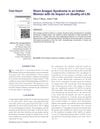 2 citations
,
January 2012 in “International Journal of Trichology”
2 citations
,
January 2012 in “International Journal of Trichology” An Indian woman with Short Anagen Syndrome had very short hair and a lower quality of life.
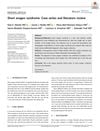 13 citations
,
March 2018 in “Pediatric Dermatology”
13 citations
,
March 2018 in “Pediatric Dermatology” Children with short anagen syndrome usually see their hair condition improve as they get older.
